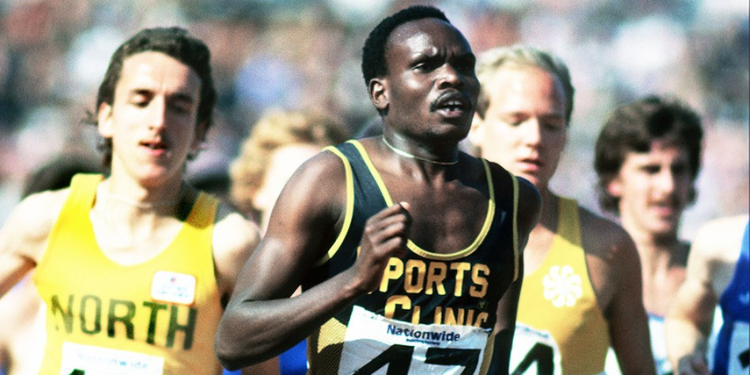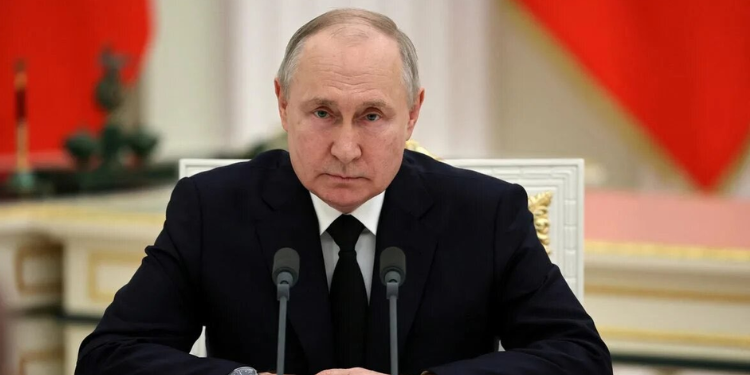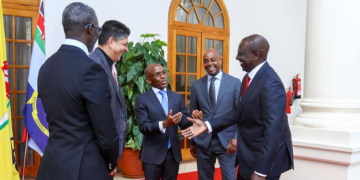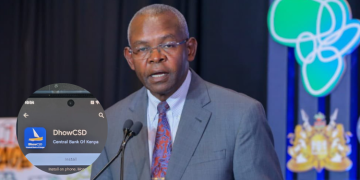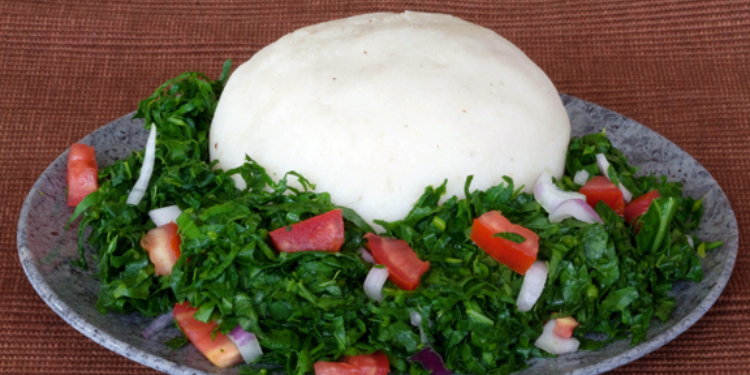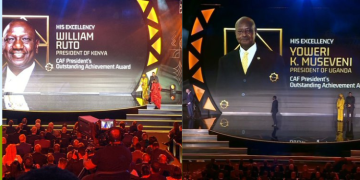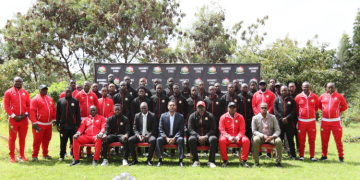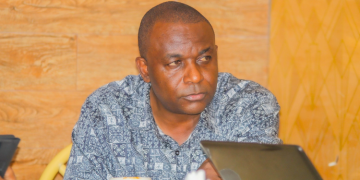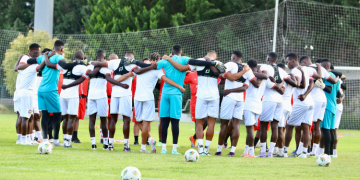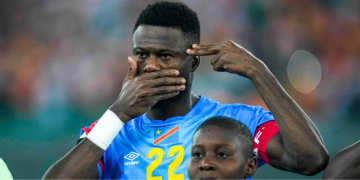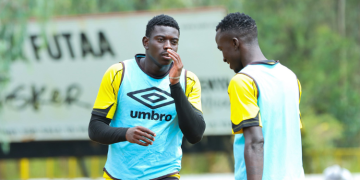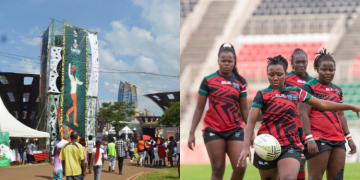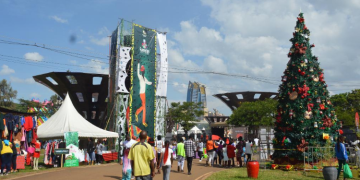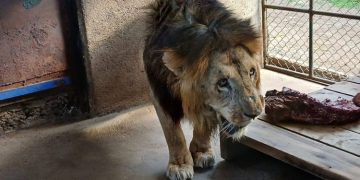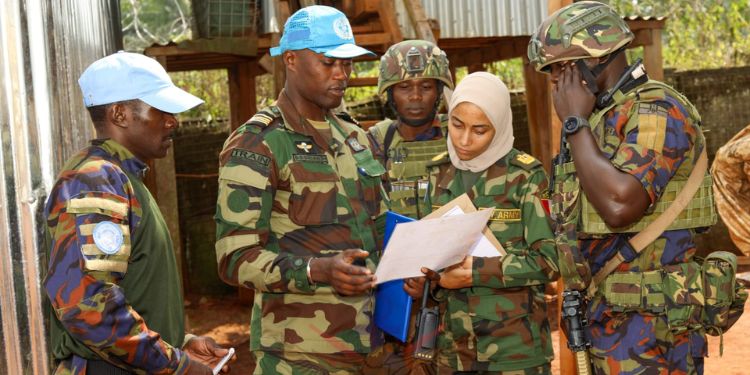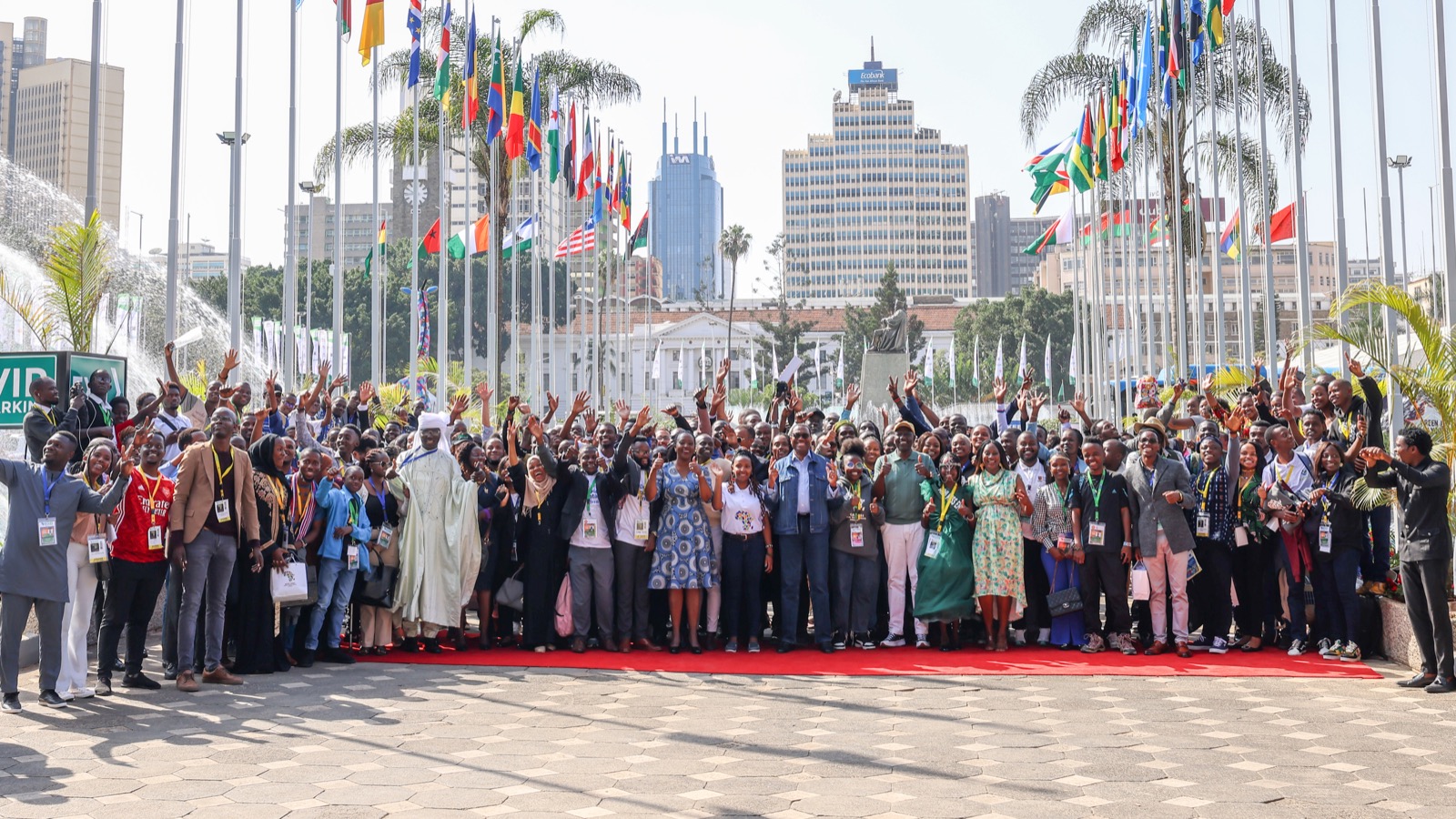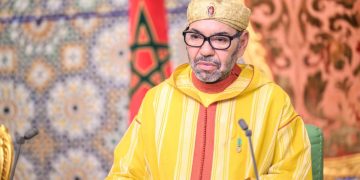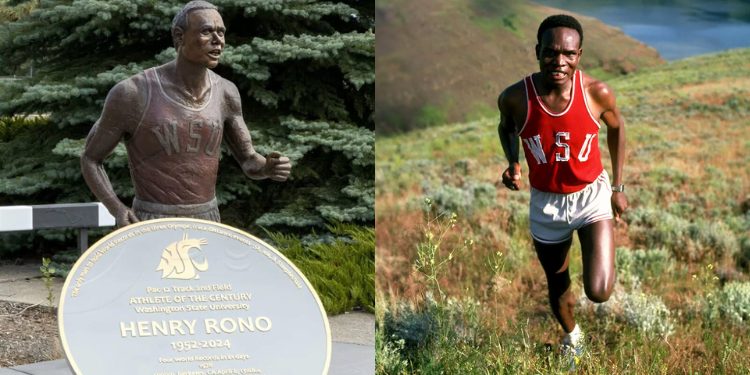Washington State University has unveiled a bronze statue honouring Kenyan distance running legend Henry Rono, whose record-breaking feats in the late 1970s redefined global athletics.
The ceremony, held during Pullman’s annual Lentil Festival, marked a historic moment for the university and the sport.
The statue, standing 2.13 meters tall and weighing 159 kilograms, captures Rono mid-stride, his gaze fixed forward, his form taut with purpose.
Sculpted by WSU alumnus Ott Jones, the monument now stands near Mooberry Track, where Rono trained and competed during his collegiate career.
Henry Rono’s Early Life & Education
Henry Rono’s story begins in the highlands of Kapsabet, Kenya, where he was born on February 12, 1952.
Growing up in the Rift Valley, a region known for producing world-class runners, Rono discovered his passion for athletics while still in primary school.
His early years were shaped by rural life, long runs to school, and the competitive spirit that thrived in Kenya’s budding athletics culture of the 1960s.
He attended St. Patrick’s High School, Iten, a breeding ground for distance-running excellence under the guidance of Irish missionary coach Brother Colm O’Connell.
There, Rono’s talent began to crystallize, earning him recognition at the national schools’ championships.
In 1973, Rono joined the Kenyan Army, which further exposed him to structured training and national-level competition.
His performances caught the attention of international scouts, paving the way for an athletic scholarship at Washington State University (WSU) in Pullman, Washington, in 1976.
At WSU, Rono studied Special Education while training under coach John Chaplin, whose mentorship refined his discipline and racing strategy.
His years in the United States not only expanded his academic horizons but also marked the beginning of one of the most remarkable careers in the history of distance running.
Professional & Athletic Career
Rono’s professional journey between 1978 and 1982 remains one of the most extraordinary feats ever witnessed in athletics.
In the spring of 1978, while still a student at WSU, he broke four world records in just 81 days, a record unmatched to this day.
He shattered the 10,000 metres world record in California, clocking 27:22.5, before lowering the 5,000 metres mark to 13:08.4.
Within weeks, he rewrote the records for the 3,000 meters steeplechase (8:05.4) and the 3,000 meters flat (7:32.1), firmly establishing himself as one of the greatest distance runners of all time.
These performances were achieved without the sophisticated technology, pacing systems, or professional sponsorships that modern athletes enjoy.
Rono’s ability to dominate multiple events within such a short span stunned the global athletics community and redefined endurance performance standards.
He represented Kenya in various international meets, including the Commonwealth Games and the All-Africa Games, and continued to dominate NCAA championships in the United States.
However, Rono’s career also faced obstacles. The political boycott of the 1980 Moscow Olympics robbed him of a chance to compete on the world’s biggest stage at the peak of his form.
Additionally, struggles with alcoholism and personal setbacks slowed his later years in competition.
Also Read: George Weah and the Unmatched African Ballon d’Or Victory
Despite these challenges, his achievements remained untouched, and his story continued to inspire athletes across generations.
Legacy & Honours
More than four decades after his record-breaking spree, Henry Rono’s influence on global athletics continues to resonate.
Washington State University, where his legend first flourished, honored him in 2025 with a bronze statue erected on campus.
The statue, unveiled before a crowd of students, alumni, and athletics officials, depicts Rono in mid-stride, embodying the strength, humility, and perseverance that defined his career.
The honor came not only as recognition of his athletic brilliance but also as acknowledgment of his resilience and enduring contribution to the university’s heritage.
For WSU, Rono remains a symbol of excellence, international unity, and the power of sport to bridge cultures.
Also Read: Putin Cornered as China Cuts Off High-Precision Machine Tools
For Kenya, he stands as a pioneer who paved the way for generations of champions such as Eliud Kipchoge, Ezekiel Kemboi, and David Rudisha.
His success at WSU in the 1970s helped open doors for countless young Kenyan athletes seeking opportunities abroad through sports scholarships.
In his later years, Rono became an advocate for youth empowerment and education, emphasizing the value of discipline and perseverance beyond the track.
Follow our WhatsApp Channel and X Account for real-time news updates.
